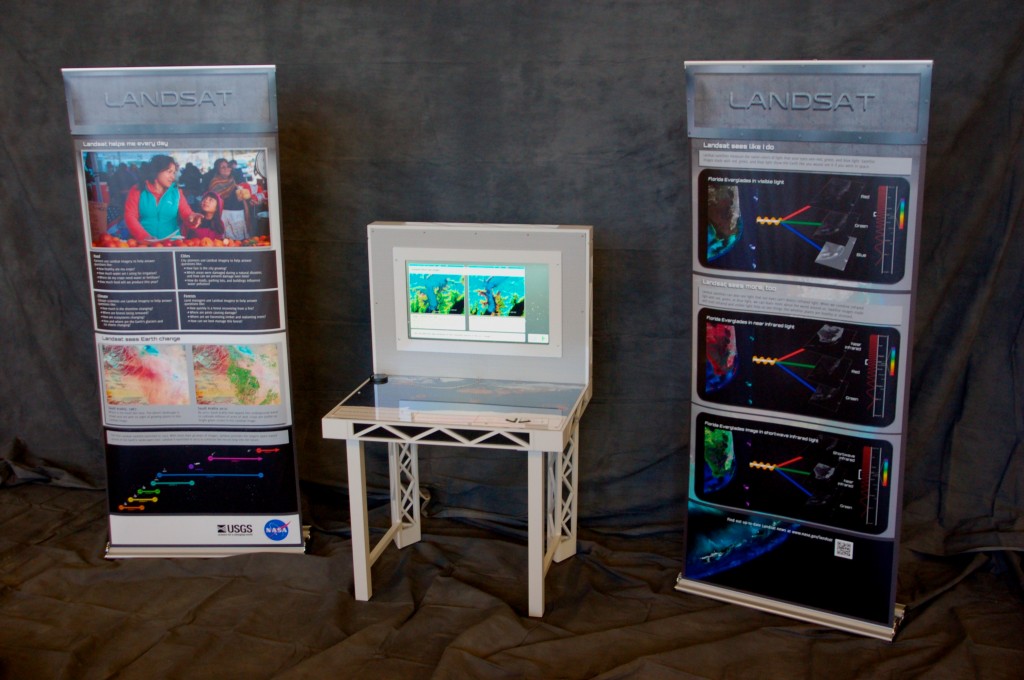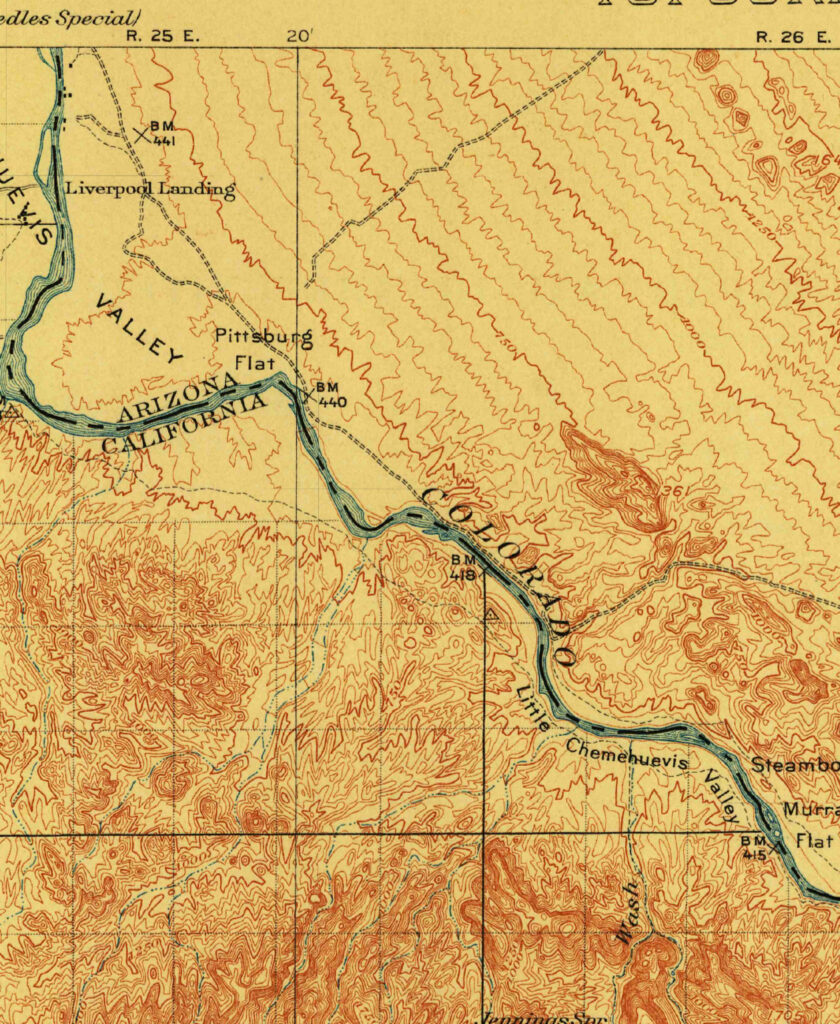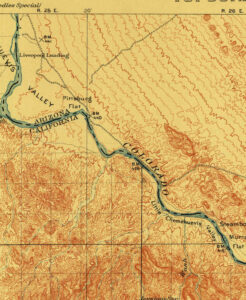
Congratulations on being selected to host Landsat: Seeing in a Different Light! Soon you’ll be exploring Earth through Landsat satellite images with visitors from your institution. Here you can find information on setting up the exhibit, evaluating the exhibit, and contact information for Landsat’s Education and Public Outreach team.
Application
Setting Up
Evaluation
See it for yourself and explore the exhibit before you apply:
+ Download PDF of Main Console (4.7 Mb)
+ Download PDF of Left Panel (2 Mb)
+ Download PDF of Right Panel (2.9 Mb)




